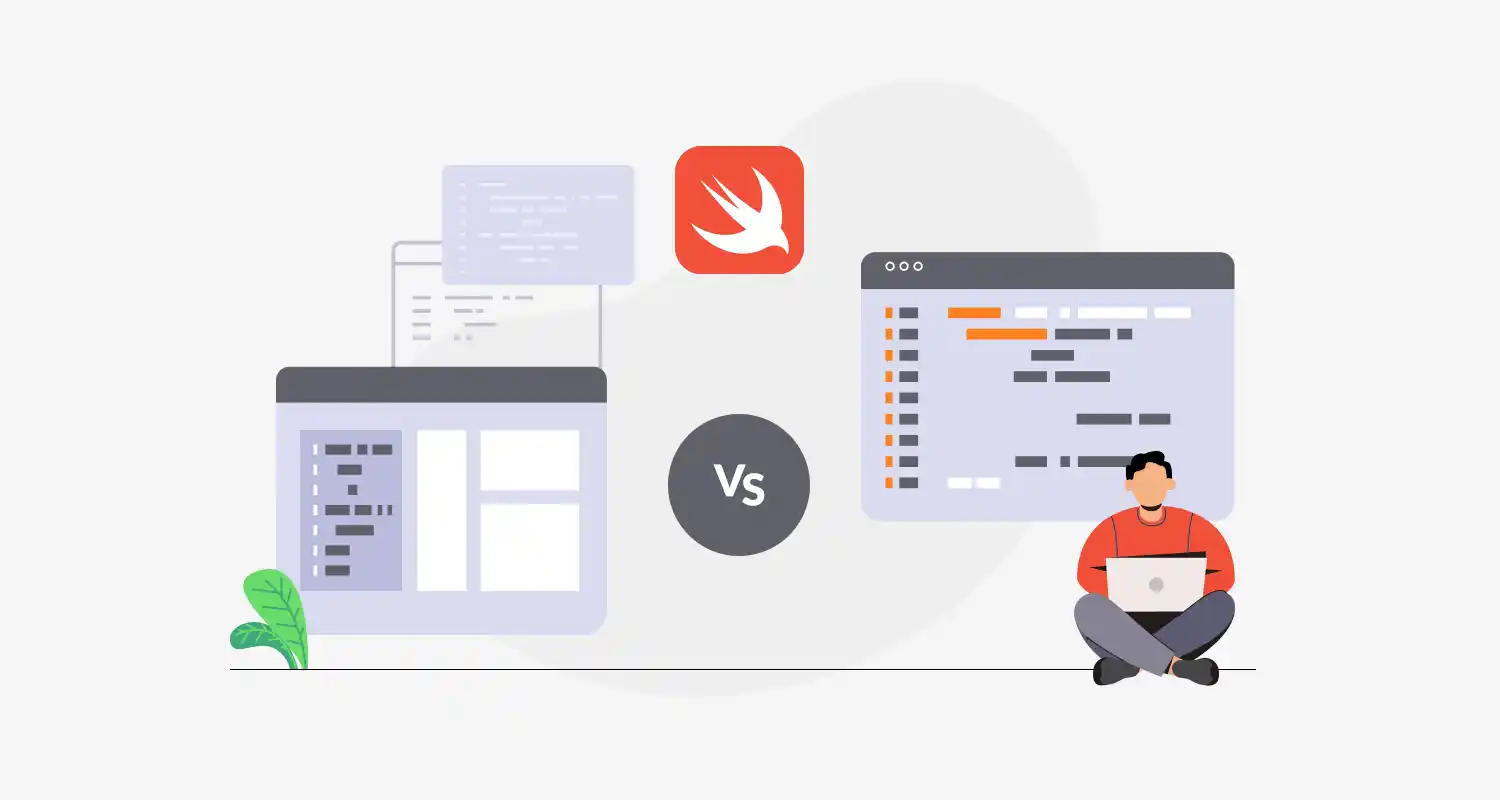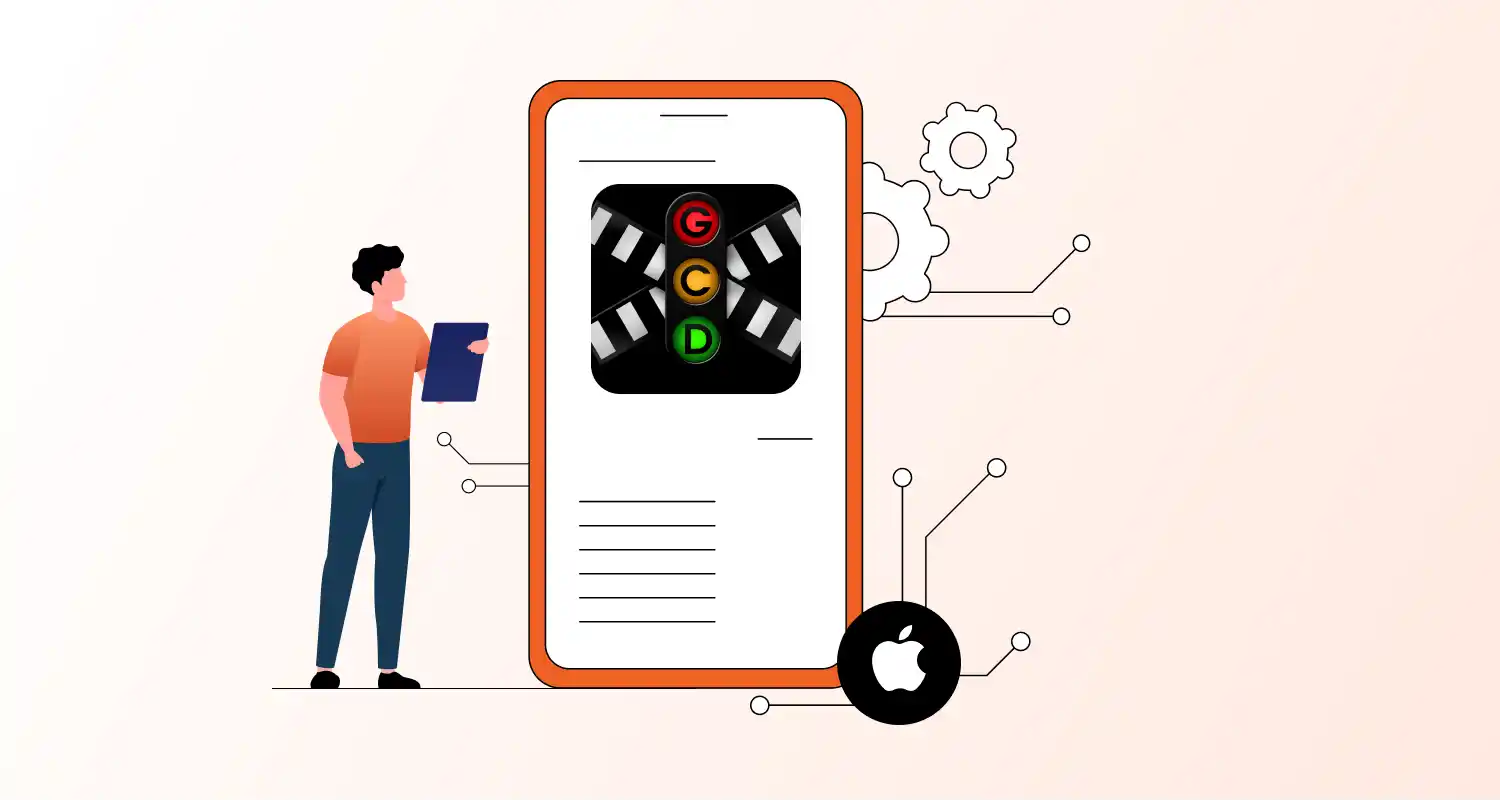Memory management in Swift refers to the process of efficiently allocating, using, and deallocating memory while your app is running. Swift uses Automatic Reference Counting (ARC) for managing memory for class instances.
ARC keeps a count of how many strong references a class instance has. When the count drops to zero (i.e., no part of your code is holding a strong reference to it), the instance is automatically deallocated and its memory is freed.
Key Concepts of Memory Management in Swift
Strong Reference
- Default type of reference.
- Increases reference count.
- Prevents the object from being deallocated.
class Person { var name: String init(name: String) { self.name = name print("\(name) is initialized") } deinit { print("\(name) is deinitialized") }
}
var person1: Person? = Person(name: "John") // ref count = 1
person1 = nil // ref count = 0 → deinit calledRetain Cycle (Strong Reference Cycle)
Occurs when two class instances hold strong references to each other, preventing ARC from deallocating them.
class Person { var pet: Dog?
}
class Dog { var owner: Person?
}Weak Reference
- Does not increase reference count.
- Used to break retain cycles.
- Must be declared as optional (?).
- Automatically set to nil if the referenced object is deallocated.
class Person { var name: String weak var pet: Dog? // weak to prevent retain cycle ...
}Unowned Reference
- Like weak, but never becomes nil.
- Used when one object always expects the other to exist during its lifetime.
class CreditCard { unowned let owner: Customer ...
}Conclusion
Swift uses ARC to manage memory, but you need to understand how strong, weak, and unowned references work to avoid issues. When you hire Swift developers who know these concepts well, your app is more likely to run smoothly without memory leaks or crashes.





